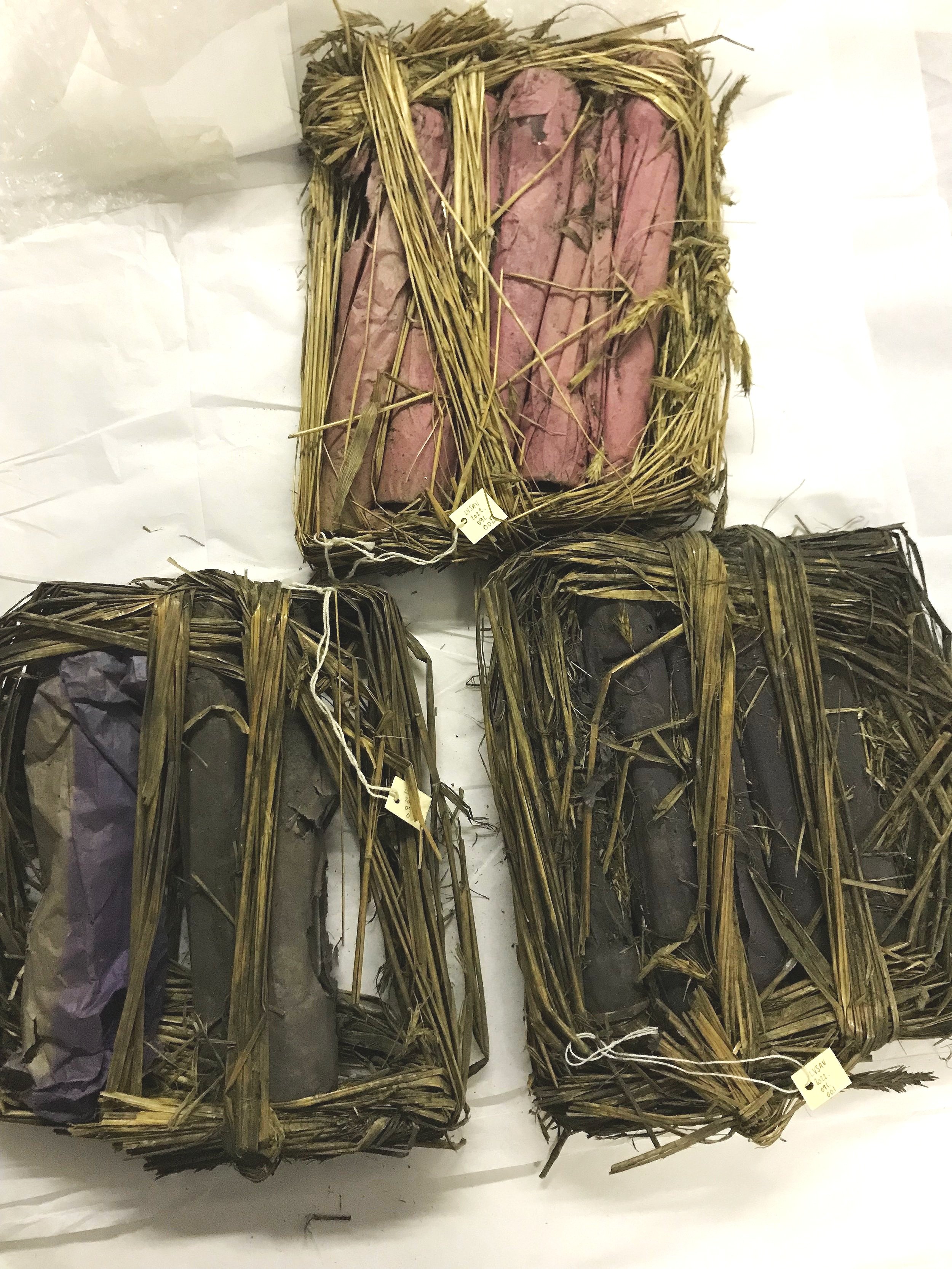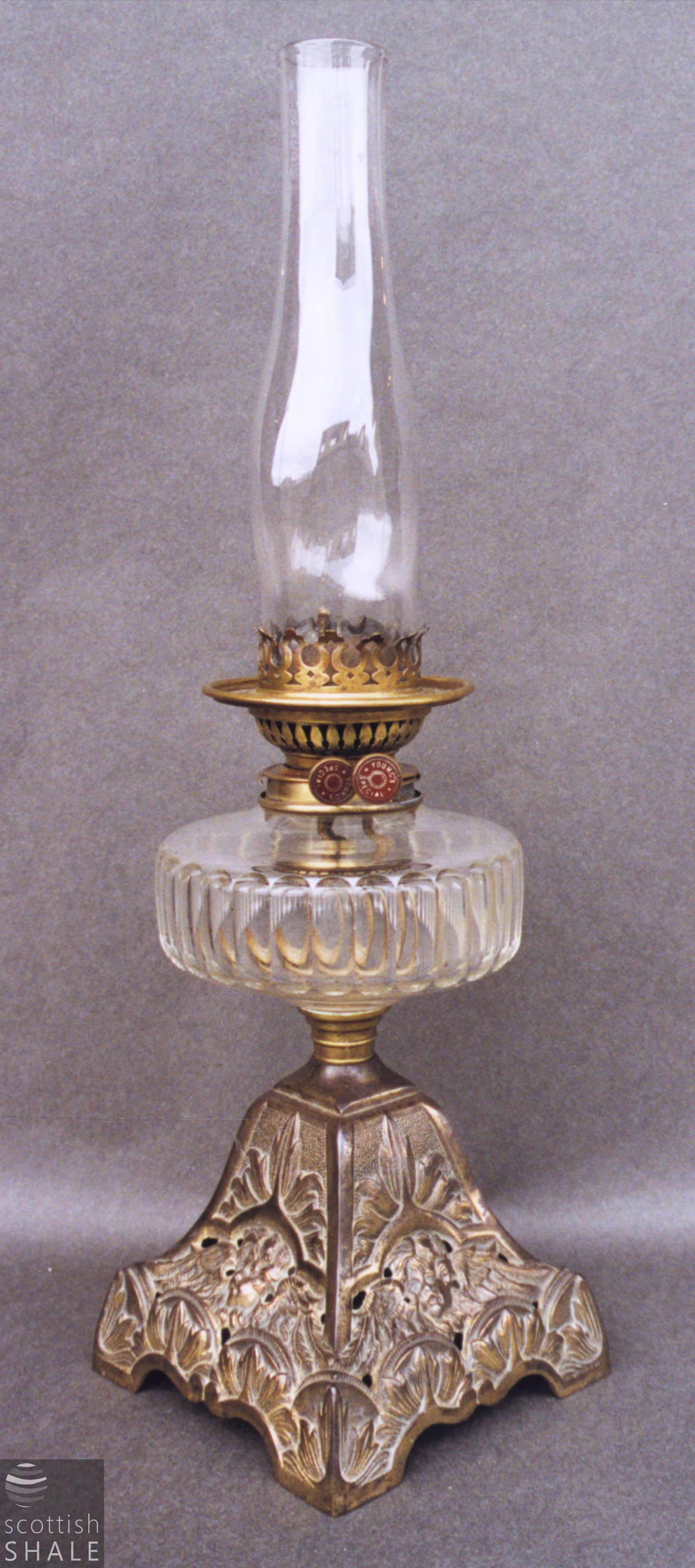Collections Care & Highland Coo’s at Almond Valley Heritage Site!
These past few weeks I have been exploring the collections at the Scottish Shale Oil Museum, located at Almond Valley Heritage Site, and making some new friends in the process (meet Morag & Hamish below!)
The focus of my time here was to perform a condition survey, which will help me identify the conservation needs of the collection, and provide storage solutions to assist in its’ ongoing care. The collections held at Almond Valley are comprised of almost 2000 objects, as well as extensive archives, all centered around Scotland’s shale oil mining industry, and the social and industrial heritage of West Lothian.
Whilst there I encountered a wide variety of objects, ranging from shale carvings, miners lamps and cast iron tools, a testament to the mining heritage of this area, to ventilator masks and first aid kits dating to the Second World War.
Housing such a broad range of materials can sometimes be challenging, especially if you are short on space, as they each require a certain environment to remain stable. My goal is to advise curator Sarah Heaton on how best to care for these objects to ensure their continued preservation.
Meet Morag & Hamish, two of the Highland Coo’s that live on the animal farm at Almond Valley!
One set of objects I surveyed which recently came into the collection was a set of glass chimneys used for kerosene lamps (sometimes referred to as paraffin lamps), which are still housed in the original straw and paper tissue packaging from the late 19th century (see images below).
When a glass chimney is used on a kerosene lamp, the hot air produced by the flame rises up through the narrow glass chimney, pulling fresh air in through the gap between the glass and the gallery of the burner, creating a stronger air supply for the flame. This is known as the chimney effect, hence the name! This increased air supply makes the flame brighter and more radiant, all the better to light people’s homes before the use of electricity!
These chimneys will provide a particularly interesting conservation challenge, as the straw packaging is extremely fragile, and particularly delicious to pests of all shapes and sizes!
If you’d like to find out more about the interesting collections at the Scottish Shale Oil Museum, visit their website or head to their Facebook page!
Museum of the Scottish Shale Oil industry - Scottish Shale
Museum of the Scottish Shale Oil Industry | Livingston | Facebook





